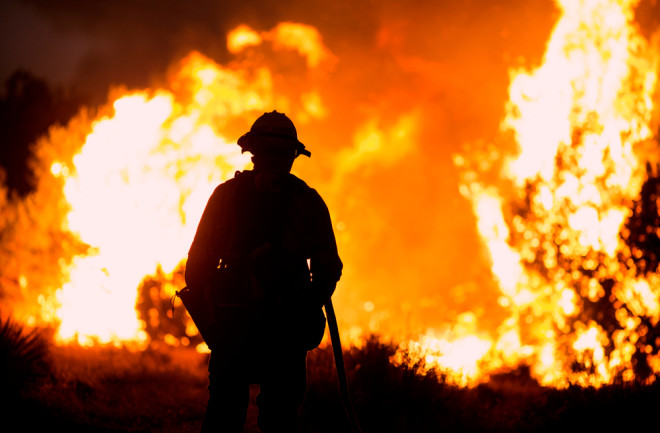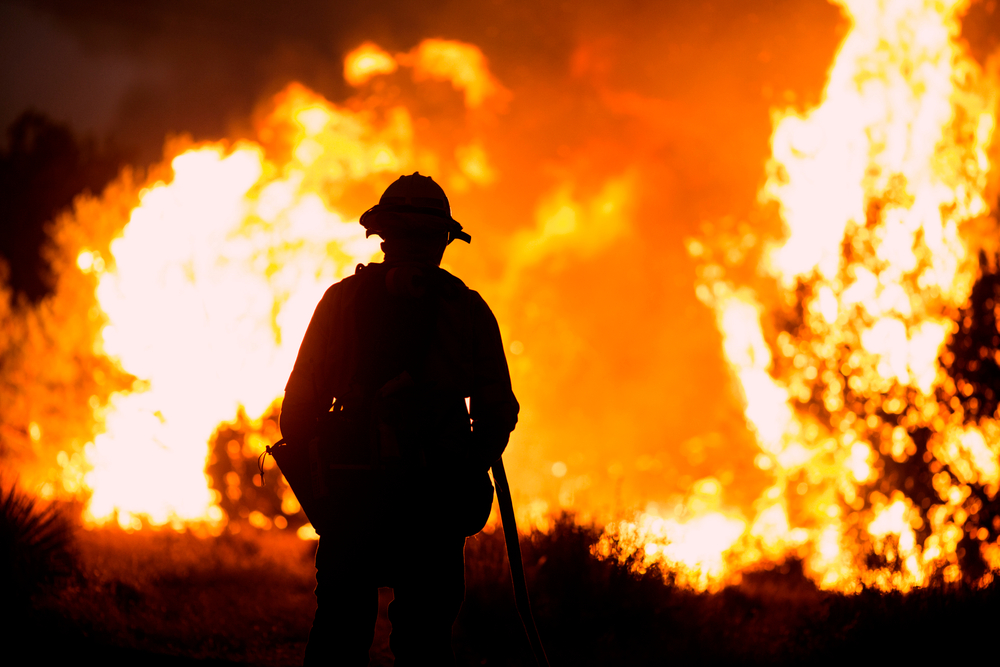
Exploring the Science of California’s Megafires
A firefighter watches as the Bobcat Fire burns in Juniper Hills, California, in 2020 (Credit: Ringo Chiu/Shutterstock)
The Thomas Fire, which ranked as one of the largest wildfires in California history, was a sign of things to come. Fueled by power lines, the fire burned about 281,800 acres in December 2017, a month that is typically outside of wildfire season.
“There’s a new normal,” says Michael Gollner, head of the Berkeley Fire Research Laboratory.
He points to climate change, inadequate fire management and the tendency for people to move into wilderness areas as factors. The result is a new era of monstrous events known as megafires that burn more than 100,000 acres and tragically kill dozens.
The Camp Fire killed 85 people in November 2018 and burned about 153,000 acres.
Read more: How the National Park Service works to prevent wildfires
Can science curb megafires?
Gollner and other researchers, including Craig Clements of the Fire Meteorology Research Laboratory at San Jose State University, are working to give firefighters and California communities an edge.
“We are creating new tools. We have new observations and we need to integrate them into fire management,” says Clements.
Clement’s lab is working to develop technology to scan and map fires using a light detection and ranging (LIDAR) device that can peer into smoke plumes and identify strong updrafts. Together with data from weather balloons, this can help predict how the fire will change and where it will go.
This video originally appeared on Knowable Magazine, an independent journalistic venture from Annual Reviews. You can see the original here.
Source link Science of California’s Megafires

